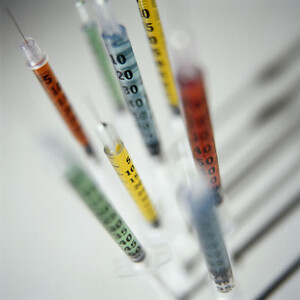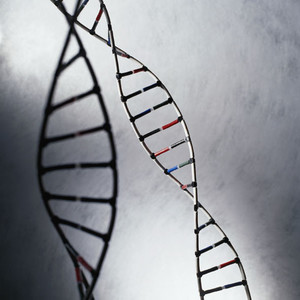Just like generic medicines, biosimilars could substantially reduce healthcare costs. Yet it seems that among physicians, pharmacists and patients there exists resistance against these cheaper versions of biotechnological medicines.
Biosimilars as effective and safe as expensive biologicals
Biosimilars/News
|
Posted 29/07/2009
 0
Post your comment
0
Post your comment
According to Dr Anton Franken, Dutch Internist-Endocrinologist at the Isala clinics, Zwolle, The Netherlands and member of the Dutch Medicines Evaluation Board (MEB-CBG), and Dr Frits Lekkerkerker, Dutch specialist in internal medicine/endocrinology/clinical pharmacology, ex-Chairman of the MEB-CBG, ex-member of the EMEA’s biosimilars working group and member of the NDA Advisory Board, there is in fact no reason to be reserved in using biosimilars.
They claim that once a biosimilar has been authorised by the EMEA, we can assume it is just as safe, effective and of comparable quality as the original biological product. Yet after market introduction there might be a difference in experience between the two products. How will the biosimilar in practice behave when it is applied in large groups of patients, for example with respect to rare adverse effects and possible immunogenicity?
In principle the same worry holds for original biologicals. After all, these original products also undergo changes in the production process that can have effects of the safety. Therefore the EMEA requires a pharmacovigilance programme of the manufacturer after marketing approval.
Biosimilars are therefore comparable and – because of that – exchangeable. Substitution is something different and is usually decided at the level of (hospital) pharmacies. “According to us, biosimilars substitution should only take place in consultation with the treating physician. A good cooperation between physician, pharmacist and patient is a prerequisite for this,” Dr Franken and Dr Frits stress.
They conclude that authorised biosimilars are as effective and as safe as the original reference product. However, every new biotechnological medicine – including a biosimilar – implies potentially unknown risks. Very small differences in long-term effects and rare adverse effects between the biosimilar and original product can only be traced by long-term follow-up studies in large groups of patients. “All parties involved in biosimilars should invest in building a widely available database with safety data”, they suggest.
Source: Well copied. Medisch Contact. 2008;63(49):2061-3.
Research
Reaching ESG goals in pharmaceutical development
What is the future for the US biosimilar interchangeability designation
General
Samsung Bioepis wins Pyzchiva case; Regeneron patent rulings threaten foreign biosimilars
Chinese biosimilars go global: growth, partnerships, and challenges
EMA recommends approval for four biosimilars targeting three therapies

Biosimilars/News Posted 10/10/2025
FDA approves first interchangeable rapid-acting insulin biosimilar, Kirsty

Biosimilars/News Posted 03/10/2025
The best selling biotechnology drugs of 2008: the next biosimilars targets








Post your comment